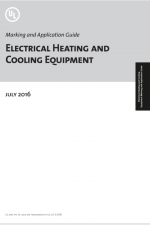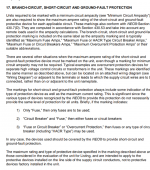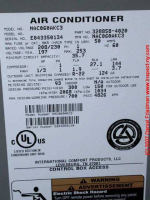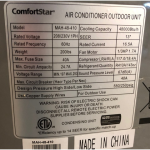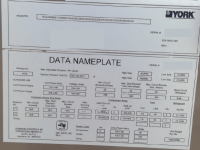It does say that (
https://code-authorities.ul.com/wp-content/uploads/2014/04/EHCMG_AG.pdf ), in particular (Section 17 in part):
However, I find no corresponding language in UL 1995, and the options listed above don't even correspond with those listed in UL 1995 44.3(i). As the guide does not provide references or footnotes, I don't see the basis for the above statement.
Now the guide may just be saying "of course 44.3(i) gives you different labeling options, as an opportunity for the manufacturer to provide instructions to the user." Which obviously makes some sense, although the guide language implies fuses are always OK, which is not what the plain meaning of "MAX CKT BKR" would be.
But if none of the testing is any different based on what OCPD labeling was chosen, and if the manufacturer's installation instructions contradict the nameplate, I see no reason to elevate the choice on the nameplate over the choice in the instructions.
If anyone can point to something in UL 1995 I've overlooked, that would be very welcome.
Cheers, Wayne

